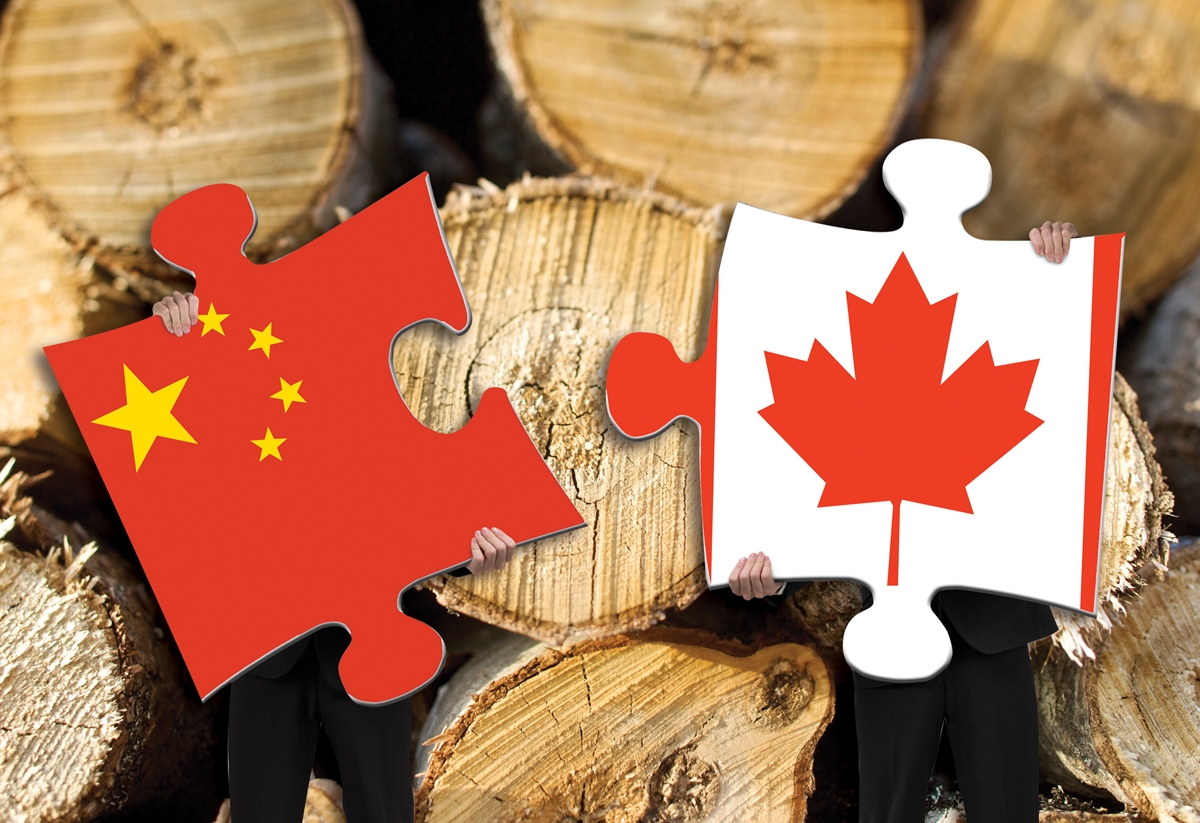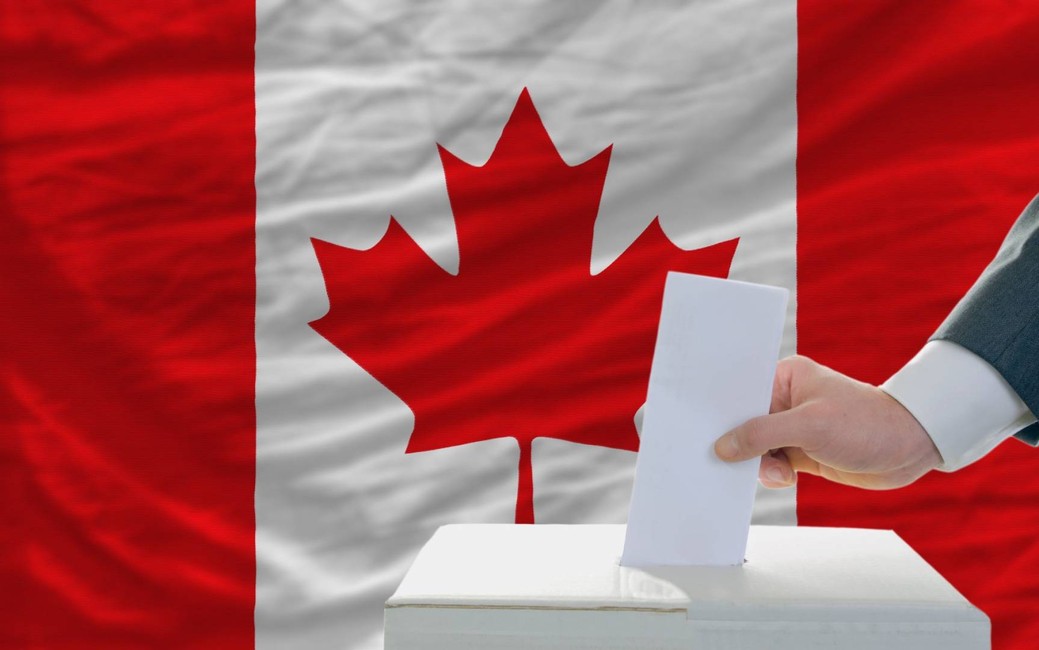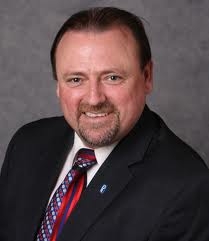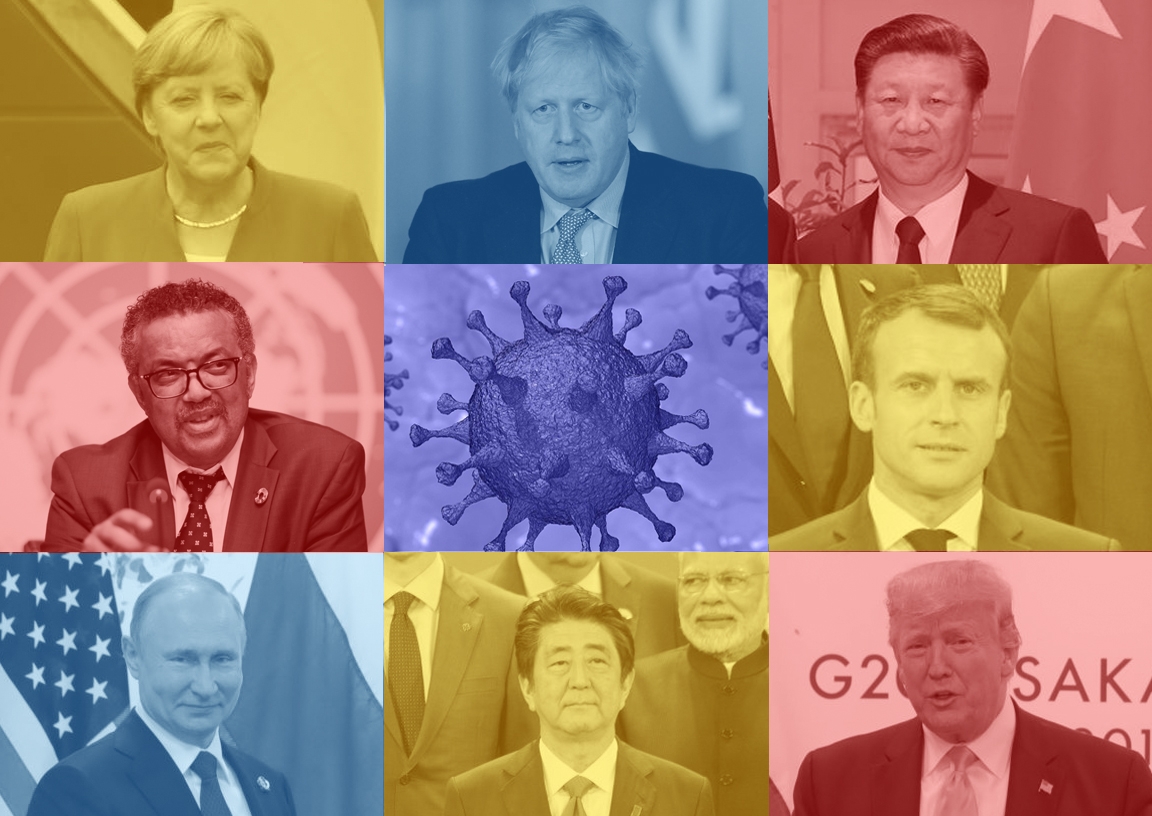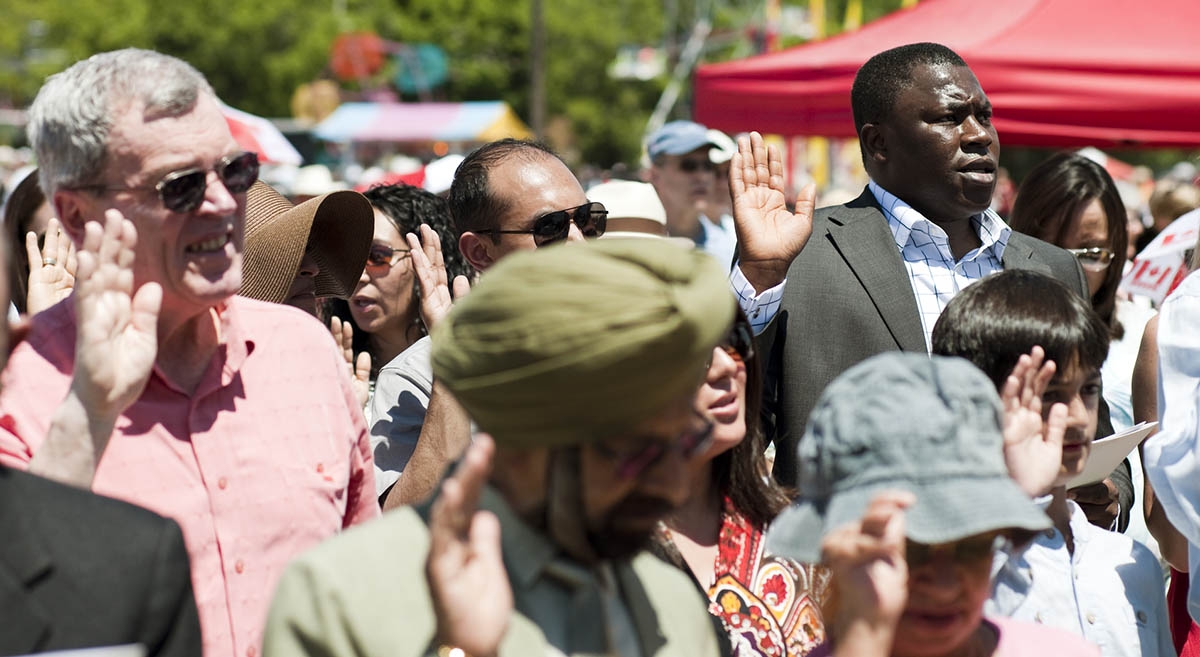
Is multiculturalism dead or alive?
ABOVE: New Canadian Citizens are sworn in during a Canada Day new citizenship ceremony at Milton, Ontario. (Photo: iStock)
By Elie Mikhael Nasrallah
What do multiculturalism and Tim Hortons have in common? From an ivory tower perspective, or academic treatise, nothing seems to warrant attention, but in terms of practical everyday reality, they have considerable lessons to offer a student of public policy and culture in contemporary Canada.
A simple order of a double-double at a Tim Hortons near you is all you need to know about the present troubles and limitations of multiculturalism. So, if you are waiting in line, for instance, you will soon discover that the exchange of pleasantries and weather chat between customers of different ethnicities are rare. It is, rather, confined to persons of the same stripe and colour in most cases.
And if you happen to sit down inside, before or after COVID-19, you will soon discover too that the place is carved up and colonized by different groups or ethnicities of people talking among themselves, oblivious to the rest. This Balkanization within a Tim Hortons is the epitome of the present dilemma of official multiculturalism.
This phenomenon reminds me, to a considerable degree, of the state of affairs in Lebanon where I was born. Lebanon’s 18 official sects coexist in one country called Lebanon, but each sect has its own mini state within the larger state. They confess cohabitation, accommodation, and co-existence on the surface, but when it comes to religious, financial, and sensitive cultural matters they turn against each other as if they are foreigners.
“A multicultural Canada is a great idea in principle, “wrote once Michael Ignatieff when he was a public intellectual roaming the globe, “but in reality, is more like a tacit contract of mutual indifference. Communities share political and geographic space, but not necessarily religious, social, or moral space. We have little Hong, little Kabuls, just as we once had little Romes or little Lisbons.”
Consider the study by the Montreal-based Institute for Public Policy that was based on an ethnic diversity survey from Statistics Canada data in 2007. The study found that only 33 per cent of first-generation, visible-minority immigrants identify themselves as Canadians, compared with 64 per cent of white immigrants.
Professor Jeffrey Reitz from the University of Toronto said: “When you study the trend over time, visible minorities who were born here feel less like they belong than their parents.” Sadly enough, that is exactly the opposite of the dream of Pierre Trudeau and other well-meaning intellectuals when they envisioned the future of multiculturalism in 1971.
Furthermore, “Multiculturalism doesn’t have specific goals or objectives. The majority thinks too much is being done already, while minorities think the policy lacks credibility.” If that is the case, then the question is: What is to be done?
Well, during the presidency of Donald Trump in the United States, immigration was the issue that propelled a man like him to the highest office, plus other cultural factors of course. But the talk of building a “beautiful wall” alongside the Mexican borders resonated with millions of Americans. He captured their frustrations, fears, and prejudices and played the game to its ultimate conclusion by gaining power to change the dynamics of the legal and illegal immigration in that country. How successful he was is a different topic. But immigration remains, as it should in Canada, a major public policy problem to be tackled.
What is to be done then? Consider these reflections:
- Every immigrant should be educated about the basic principles of the Canadian liberal democracy and the Charters core themes.
- Multiculturalism is meant to be a transitional, a bridge, not a destination.
- Accommodation, minimizing discrimination, prejudicial attitudes, fear of the other, are a two-way street. The old formula must remain: “You adjust, we adapt.” Canadians should also realize that they have no monopoly on virtue, values, and way of life. There are other options to be explored and considered.
David Brooks of The New York Times wrote a brilliant piece on this subject saying: “The Europeans reminded me of something that is taboo here; that immigration is always, at the most personal level, a cultural encounter. It’s a person with one language and set of values interacting with a person of another language and set of values. When people meet in this way, they put their opinions, identities, and way of life at risk. They might be changed by the encounter. The process is unsettling.”
We need to revisit multiculturalism and renew its vision for the Canada of tomorrow. David Brooks also ends by writing that “Conservatives tend to emphasize the value of being rooted in place. Progressives tend to celebrate living across differences. Life is miserable, and a nation is broken unless you do both.”
Amen!
Elie Mikhael Nasrallah is an immigration consultant practising in Ottawa. His book “Gates and Walls: Reflections on the Immigration Question in Canada and the USA” will be published in 2022. He is the author of two other books and co-authored a third.

